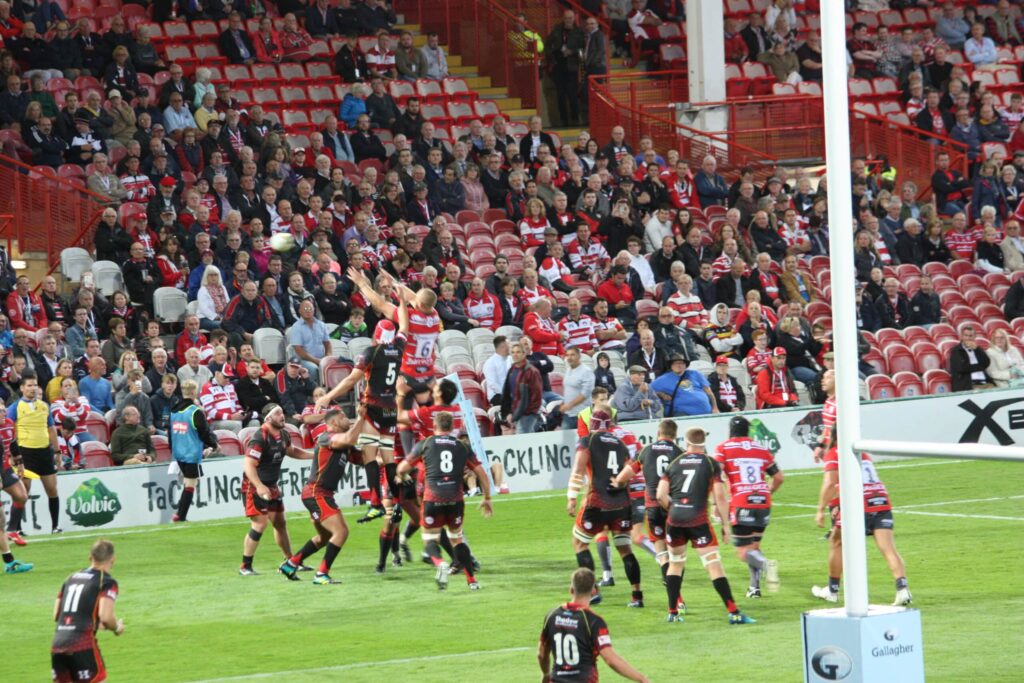As the 2023 Rugby World Cup unfolds its exhilarating drama in the heart of France, the world’s attention is firmly fixed on the football stadiums that have temporarily transformed into battlegrounds for this intense sport. While rugby and football may differ in many aspects, there exists a common thread that bridges the gap between them – the wear-tolerant turf.
Both football and rugby pitches require a resilient surface that can withstand the relentless rigors of play, but rugby adds an extra layer of challenge. The bone-jarring tackles, dynamic scrums, and fierce encounters subject the turf to a level of stress that is unmatched in the world of sports. This compels rugby pitches to not only endure hard wear but also recover quickly, maintaining their integrity throughout the tournament.
One of the core aims in rugby pitch maintenance is providing safety and stability to the players. The scrum engagements, a pivotal component of rugby, necessitate a secure footing for players to exert force against the opponent. The choice of turf and its meticulous maintenance significantly contributes to this stability, ensuring that players can push without sliding and compromising their strategic positioning on the field.
Traction is widely recognized as a critical component of the overall playability and safety of a rugby pitch. Surface traction refers to the “grip” provided by an athlete’s shoe when in contact with the surface. It’s a feature that requires greater attention in the development of turfgrass varieties and mixtures, as it directly impacts player performance and injury prevention.
To ensure both the turf’s stability and players’ safety, modern rugby pitches often employ hybrid systems. These reinforcement systems enhance root binding, creating a more cohesive and robust turf structure. This not only extends the pitch’s longevity but also provides a dependable surface for players to maneuver upon, especially during high-intensity moments when every step and pivot matters.
The choice of grass species stands as a pivotal decision in crafting a successful rugby pitch. Perennial ryegrass emerges as a prominent choice, celebrated for its exceptional wear tolerance and resilience. Additionally, tetraploid grasses, such as the widely adopted 4turf, have gained prominence in rugby field mixtures due to their strong root systems, rapid establishment, and remarkable recovery capabilities.
As the Rugby World Cup captivates audiences worldwide with exhilarating matches and fervent cheers for their favorite teams, it’s imperative to remember the intricate art and science that go into creating a pitch capable of withstanding the formidable challenges of rugby while safeguarding the athletes. The marriage of grass selection, innovative maintenance practices, and cutting-edge technology plays a pivotal role in achieving a pitch that stands resilient and true, supporting the success of a sport celebrated for its relentless nature.







